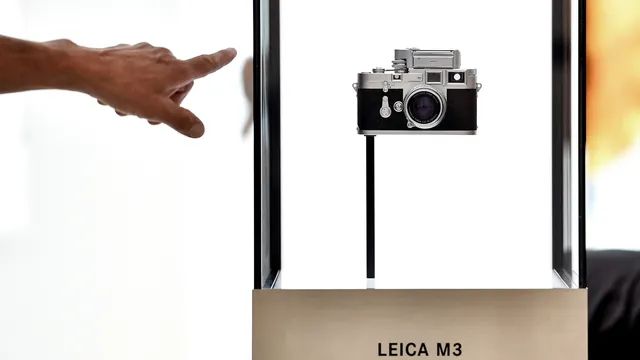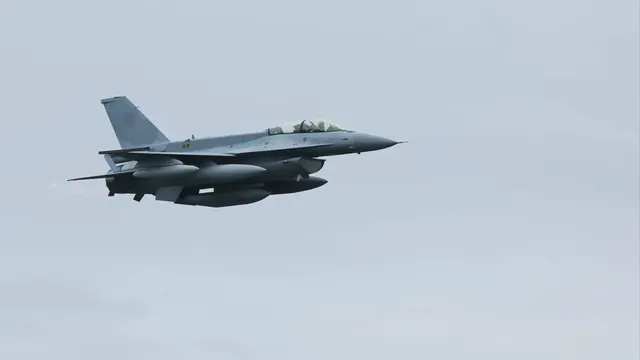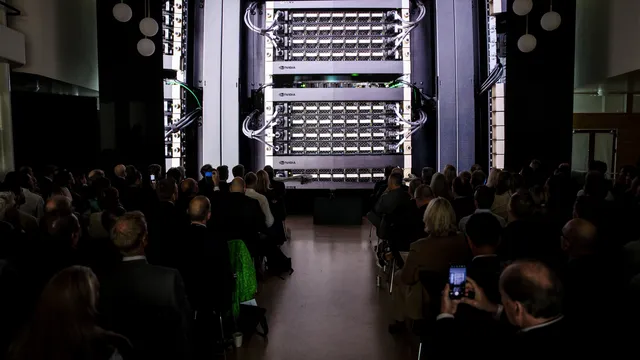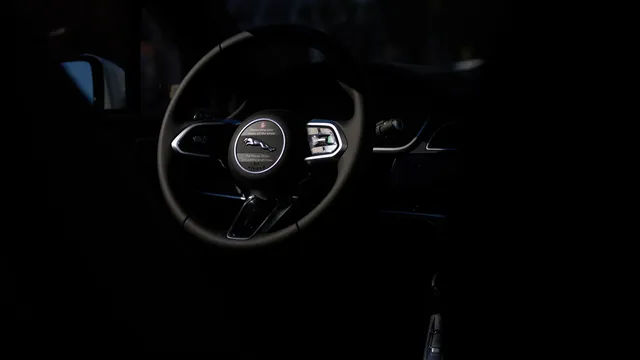The company was founded in 1869 by entrepreneur Ernst Leitz in the town of Wetzlar in western Germany, originally producing optical lenses and microscopes.
Photographer Franziska Stunkel likes to take spontaneous city shots, so she needed a fast camera that was ready to go when inspiration struck: hers was a German-made Leica M11.
"I have to be very fast and discreet," says the Berlin-based artist-photographer, who captures reflections of people passing by windows whose contours blend into the shapes behind the glass.
Stunkel's compact Leica is the perfect camera for the job, she tells AFP.
Known for its retro-style pocket devices, the Leica brand is celebrating a landmark date as it marks 100 years since it introduced its first commercial camera to the public.
Leica was founded in 1869 by entrepreneur Ernst Leitz in the town of Wetzlar in western Germany, originally producing optical lenses and microscopes.
But it was not until 1925 that the Leica 1 camera was introduced at the Leipzig Spring Fair.
Leica cameras became the tool of choice for prominent photographers for years to come, including legendary photojournalists Robert Capa and Henri Cartier-Bresson.
Even today, the elegant red-dot camera still holds its own in a market dominated by Japanese giants such as Sony, Canon and Nikon.
- "Better photographer" -
Working with Leica "makes you a better photographer," said British artist Alan Schaller, who uses a monochrome version of the M11, a digital camera with manual controls.
Schaller is so used to manually adjusting aperture, shutter speed and light sensitivity that he said he can now do it "faster than any automatic device."
A hundred years later, Leica cameras are still assembled by hand in a factory in Wetzlar, north of Frankfurt.
In the dust-free assembly room, 70 workers equipped with precision screwdrivers and anti-static tweezers build the devices by hand from more than 600 parts.
It's painstaking work "that requires a lot of experience," said Peter Schreiner, the camera assembly supervisor.
In another room nearby, the lenses are polished to 0.1 millionths of a meter before being glued and lacquered.
After a difficult decade in the 2000s, Leica changed its fortunes, switching entirely to digital cameras, which now account for the majority of sales.
The company still produces a few analogue units - including the M6, a cousin of the M11.
Leica CEO Matthias Harsch said sales are expected to reach a record 600 million euros ($660 million) in 2024/25, with annual growth of nearly 10 percent.
Total global sales of digital cameras rose just four per cent last year to 6.8 billion euros, according to German consumer institute GfK.
Innovation remains at the heart of the brand, with a research budget of "more than 10 percent of sales", according to Harsch.
Beyond cameras, Laika is diversifying into watches and laser projectors for home cinema, as well as smartphone cameras.
Leica's lenses can now be found in smartphones made by Chinese company Xiaomi, as well as in the Leitz phone Leica designed with Sharp for the Japanese market.
But the new technology can never replace the romance of the Leica camera, according to Harsh.
"With a phone, you take snapshots. Everything else is photography," he said, insisting that the company's two lines of work enjoy a "peaceful coexistence."
Leica's phone cameras and its traditional models are also different in terms of price - the M11 costs over 9,000 euros plus a few thousand euros extra for a lens.
North America accounts for about 20 percent of Leica's total sales and the company is "assessing the impact" of the tariffs announced by U.S. President Donald Trump, Harsh said.
Leica operates more than 120 of its own stores worldwide, including in the United States, with more planned to open this year. I BGNES
German camera Leica turns 100

BGNES
The company was founded in 1869 by entrepreneur Ernst Leitz in the town of Wetzlar in western Germany, originally producing optical lenses and microscopes.


 Breaking news
Breaking news
 Europe
Europe
 Bulgaria
Bulgaria





